Esquisse is on the ninth floor of the Crystal building in the Ginza. The head chef is Lionel Beccat, previously head chef of Cuisine Michel Troisgros before branching out in his own. The dining room has a wooden floor and large, widely spaced tables covered with impeccably ironed white linen. It has a view, but sadly this overlooks an array of air conditioning units on top of the office opposite, so do too worry too much if you don't get a window seat.
The wine list had an array of fine references from the regions of France. These included Fevre Chablis Champs Royeaux 2014 at ¥8,000 for a bottle that you can find in the high street for ¥1,686, Francois Carillon Puligny Montrachet 2011 at ¥15,000 compared to its retail price of ¥6,900, and Didier Dagenau Buisson Renard 2004 at ¥25,000 for a bottle whose current market price is ¥15,761. There were grander bottles too, such as Etienne Sauzet Batard Montrachet 2004 at ¥82,000 compared to its retail price of ¥40,703 and Latour 1990 at ¥190,000 for a bottle that will set you back ¥89,977 in a shop.
An initial nibble set the tone: a glass contained hairy crab with horseradish mousse with rice and cucumber jelly. The crab was lovely and fresh, the gentle bite of the horseradish an ideal complement to it, the cucumber flavour coming through strongly (comfortably 18/20). Bread is made from scratch in the kitchen and was superb, from a gorgeous baguette to lovely rolls with great texture (19/20).
The next dish was boiled white asparagus, wild scallop, honey, a type of Japanese citrus and foam of a mountain vegetable called kogomi (sansai). The scallop was sweet tasting and the asparagus particularly impressive, the other elements combining nicely (18/20). This was followed by bamboo shoots with button mushrooms, tripe and beef soup with a powder of black truffle and celery. The bamboo shoots were especially good, even by the high standards of Japan, and the meaty soup had good depth of flavour (17/20).
Next was a dish of morels, peas, beans and slices of sazae, which in English is horned turban, a species of sea snail. This came with a vin jaune sabayon and a garnish of pea shoots and nasturtiums. The morels were excellent and the vegetables were good, though the sea snail has a chewiness that I did not take to, though perhaps that is how it is supposed to be (16/20).
I preferred sawara (Spanish mackerel), perfectly cooked and served with green olive sauce, wild plants, broad beans, chopped aubergine with turmeric, sour cream, mint, spinach and a local variety of shallot. The olive sauce had amazingly deep flavour, the vegetables were top notch and, although there were many elements to this dish, the flavour balance was effective (19/20).
Next was lobster with citrus purée, rhubarb, orange flavour, fennel, mange tout, some Japanese mountain vegetables and a fennel sauce. Again this was a complex dish but the flavours worked harmoniously, the citrus acidity balancing the inherent sweetness of the shellfish, the fennel's aniseed taste bringing a further dimension. I usually find lobster one of the least impressive shellfish - I much prefer langoustines - but this was exceptionally tender (19/20).
My final savoury course was Nanatanimago duck from Kyoto, white pepper, blueberry powder, rice, fried burdock, fukinoto (butterbur sprouts) and a sauce of the cooking juices. The duck was one killed at 40 days of age, which the chef reckons to be optimal, and it certainly had lovely, deep flavour. The vegetables with it were also very good and the touch of pepper was a good addition to the dish (18/20).
The cheese course was an interesting kind of millefeuille, with layers of Gruyere, Comte and Marscapone separated by seaweed laced with black truffle, served with a sake jelly. It is tricky to score a cheese course but this was certainly an innovative way of presenting it.
Pre-dessert was a light cream mousse with Japanese citrus, wild strawberry jelly, a sugared ring of kumquat, grapefruit foam and hibiscus flower. One thing that was clever was managing to tame the inherent searing sourness of the kumquat with exactly the right amount of sugar. The strawberries, as so often in Japan, had superb flavour (18/20).
The final dessert was a pretty presentation of sweet beans, rice matcha, jelly of almond brandy, a tuile of hazelnut and corn with caramel and milk ice cream. Although I would not have chosen these elements, it was impressive how well they actually hung together. The almond flavour was deep, the tuile was very delicate and the green tea flavour controlled (17/20).
Coffee was from a brand called "Total Coffee" (whose owner also owns the building in which the restaurant is housed) and came with a trio of petit fours. There was a superb canelé, just baked minutes before, along with a green tea chocolate and a dazzling good miniature "far Breton" cake.
Service was flawless, the waiters attentive, unobtrusive and happy to explain any details of the menu when asked; topping up of drinks and bread was perfect. The bill came to ¥49,728 for two with a bottle of Bollinger, which works out at £178 per person. If you could find a modestly priced bottle on the list then you could get away with about £150 a head. Given the quality of the food at this meal, ¥15,200 (£109) each for the food element actually seems very fair to me. This was an impressive meal, the ingredients impeccable and the blend of French cooking with Japanese influence working beautifully. I preferred the food here to when Mr Beccat was cooking at Maison Troisgros. At Esquisse he has developed his own distinct style, and the food seems more refined. I would very happily return.






















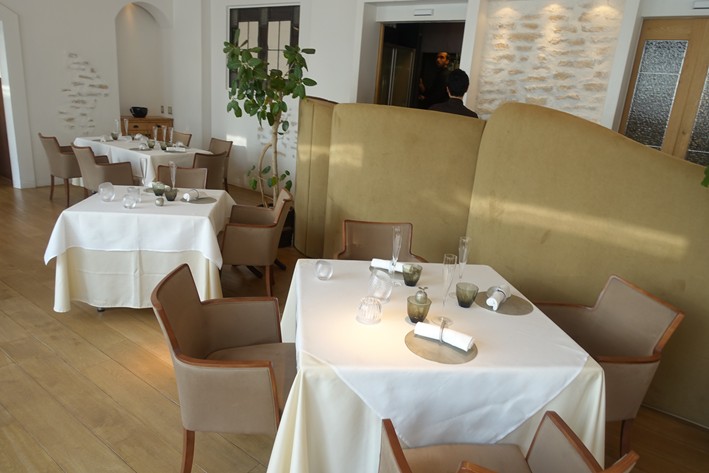

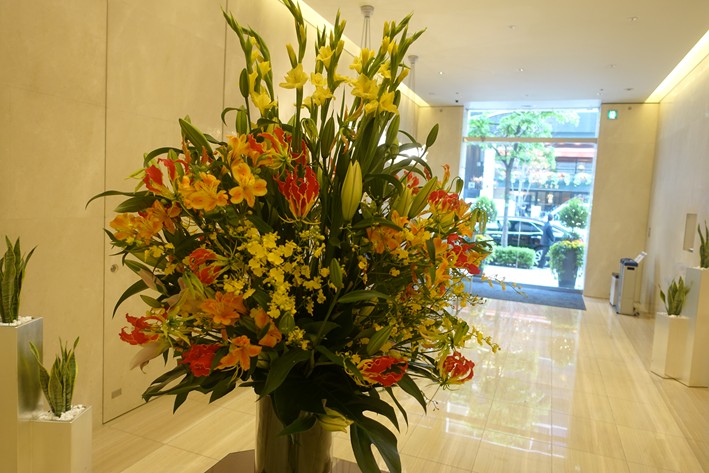
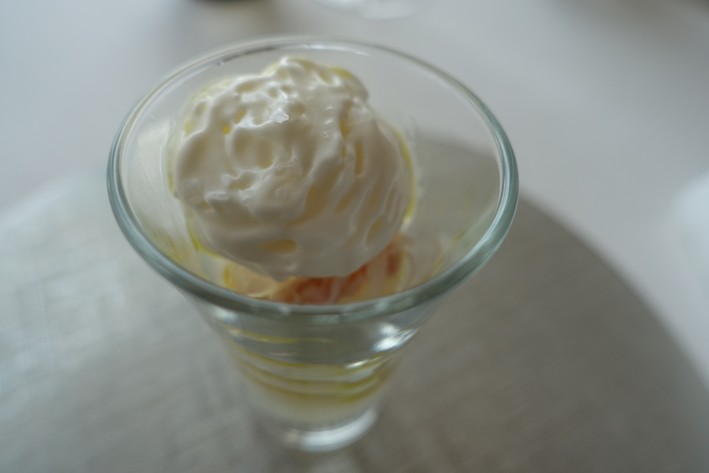

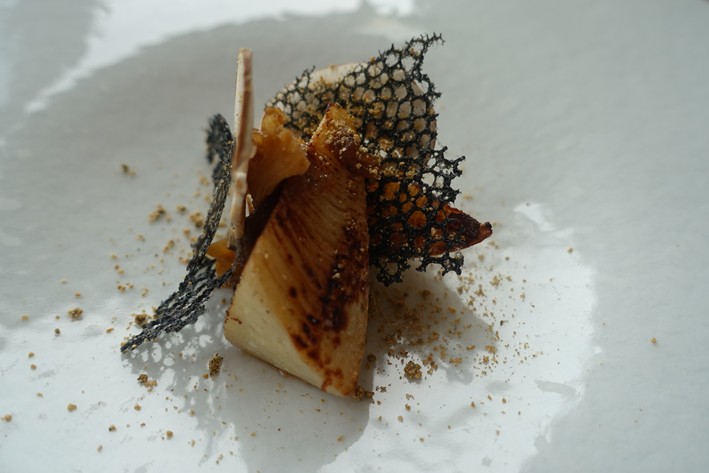
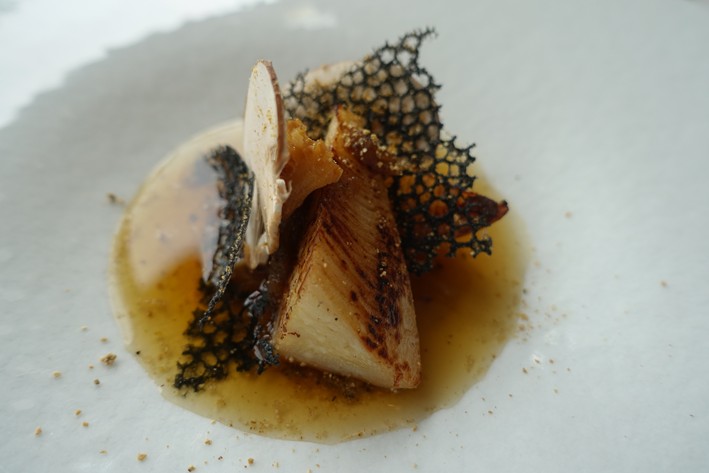
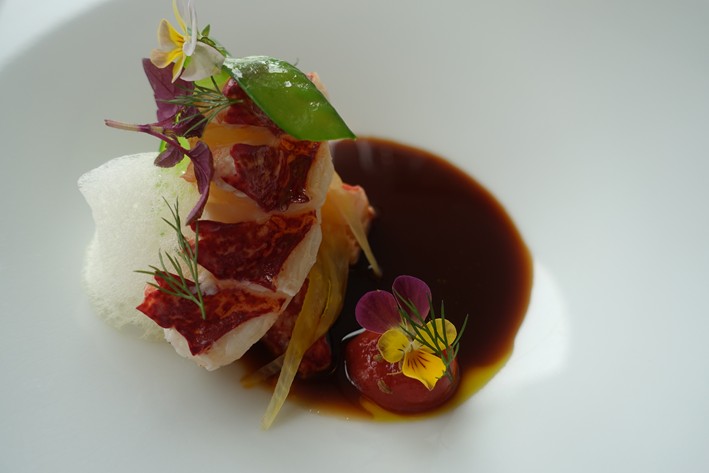
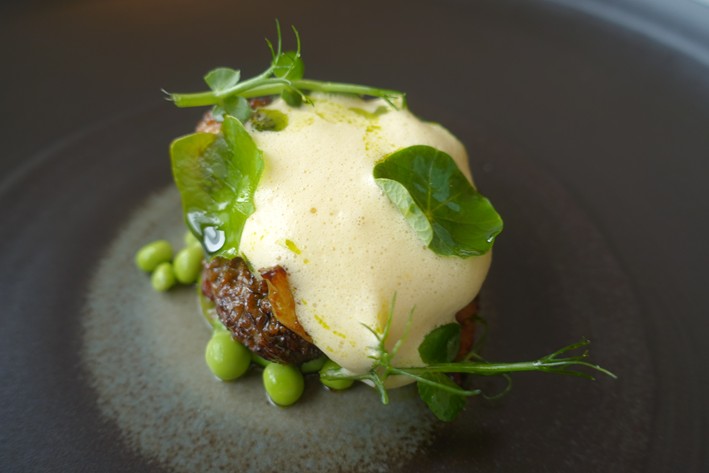

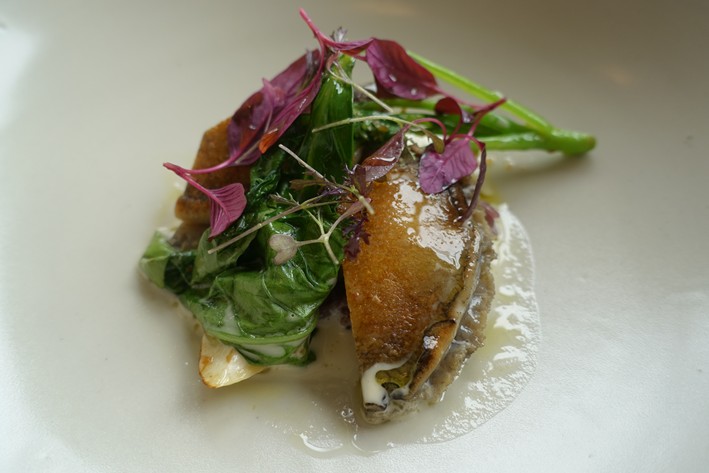
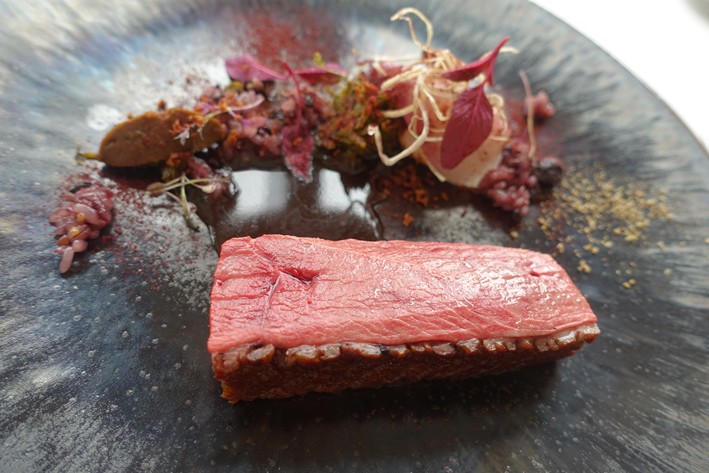


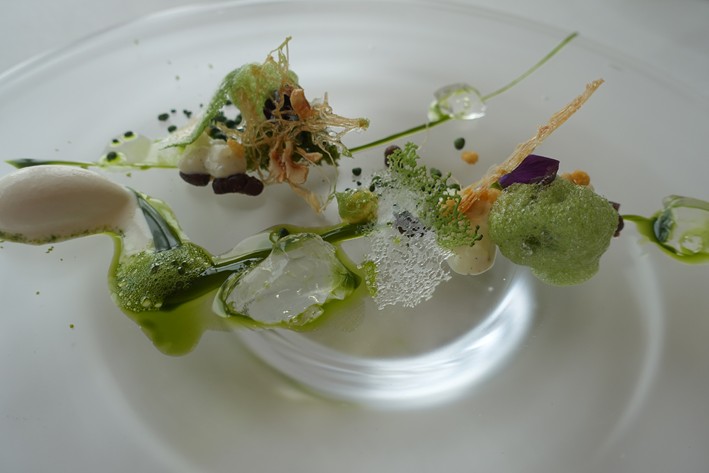
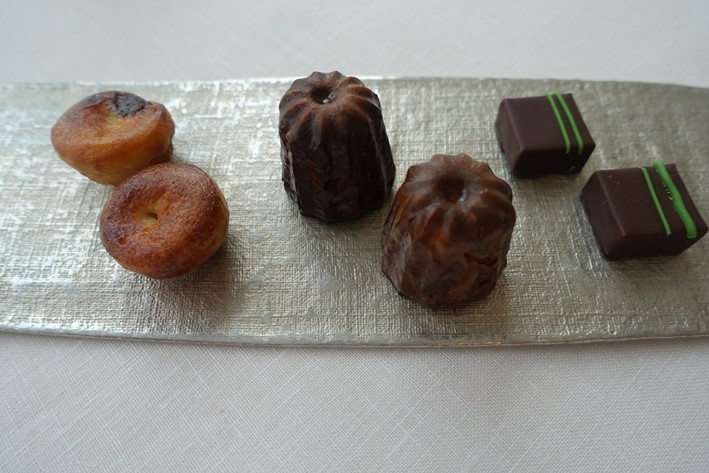
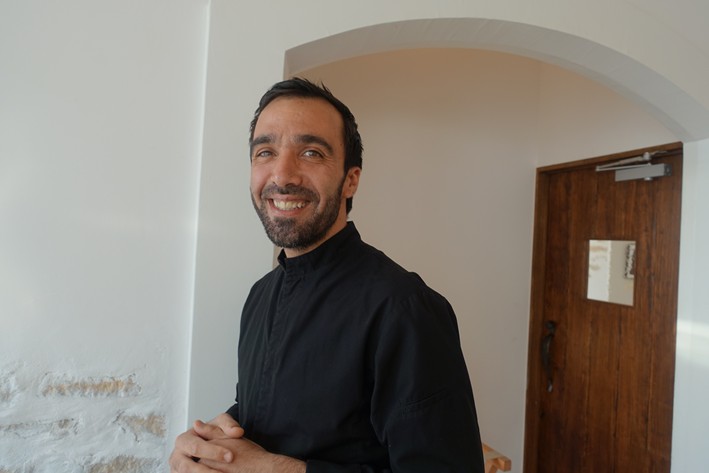

Add a comment
Thank you for submitting your comment, this will be checked and added to the website very soon.
User comments